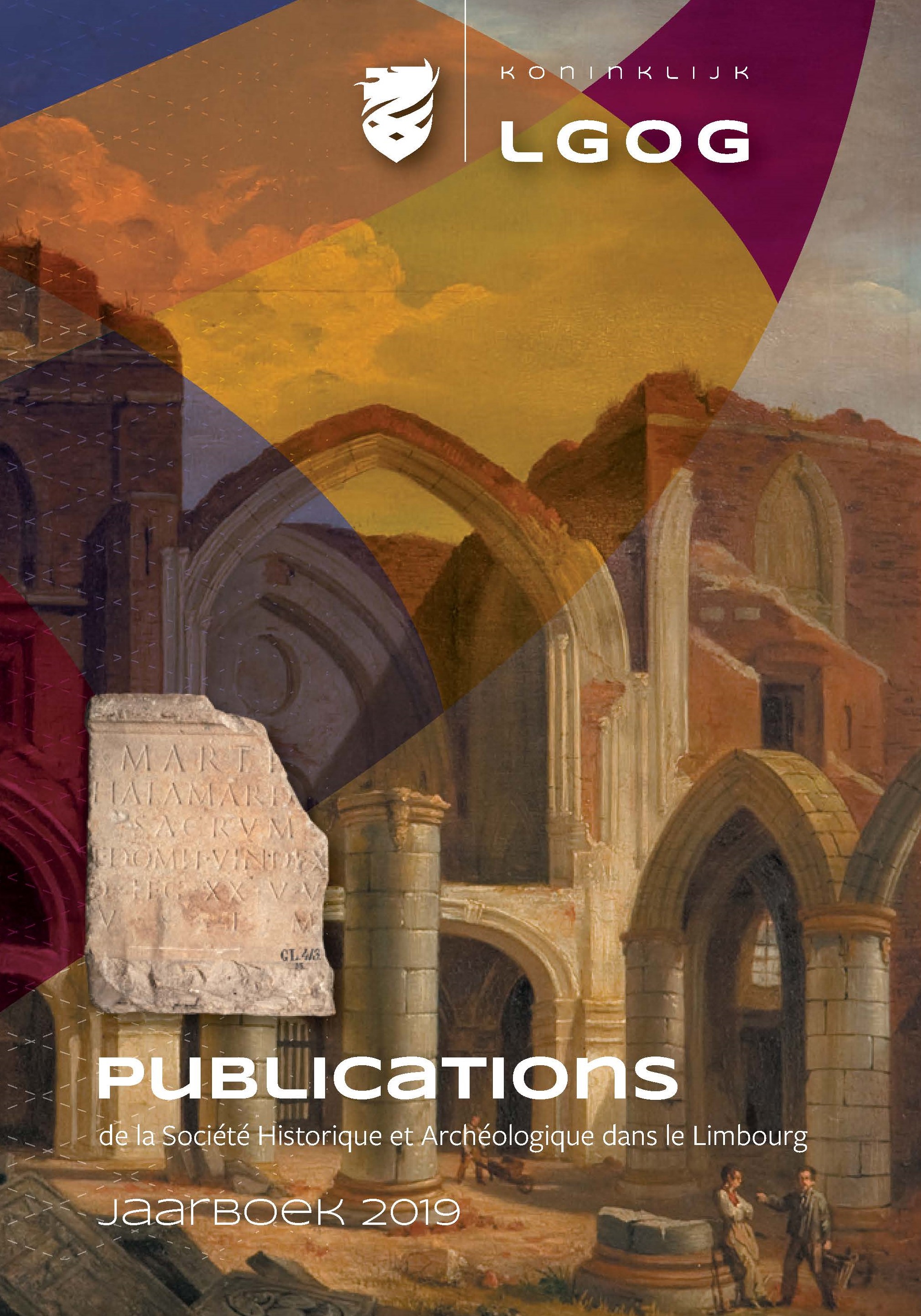De historische Servatius
Stand van zaken
Samenvatting
We know Servatius only from two short stories dating in the end of the 6th century, written by Gregory of Tours in his historical essays The history of the Franks and Glory of the Confessors. Bishop Monulphus found a grave which was said to have been the grave of Servatius and which was situated on the old Roman graveyard, just outside of the castrum, next to the Roman road leading from Cologne towards Tongres. Monulphus dug up his bones and build on this grave a magnum templum. Starting with Monulphus, we know of an uninterrupted historical, liturgical and hagiographical continuity concerning the worshipping of and pilgrimage to Servatius.
A turning point in the historiography on Servatius occurs during the 16th and 17th centuries, when four texts were discovered, in which a 4th century Gallic bishop Servatio or Servatius occurs, who is mentioned because of his presence during anti-Arianism councils between 343 AD and 359 AD.
In only two historical texts Servatius is mentioned as bishop. In 346 AD Servatius episcopus Tungrorum would have participated in the Council of Cologne, during which bishop Eufrates was impeached, being accused of Arianism. This text is a proven falsification. The mentioning of Servatio Tungrorum episcopus in the “Chronicle” of Sulpicius Severus is highly probable an interpolation from later times.
In the future more can be expected from archaeologists. The opening of the relic shrines in past centuries have not been properly documented and the excavations which were executed in the 1980’s in the Saint Servatius church in Maastricht have not been reported yet (but will be soon!). New research on the relics in the shrine of the Servatius church, the “Noodkist”, can deliver new information. Archaeological and other specialized researchmethods can perhaps answer some of the urgent questions concerning the sketched Servatius-problem.
Downloads
Downloads
Gepubliceerd
Nummer
Sectie
Licentie

Dit werk wordt verdeeld onder een Naamsvermelding 4.0 Internationaal licentie.
Auteurs behouden het volledige auteursrecht op hun werk en verlenen het tijdschrift het recht van eerste publicatie. Artikelen worden verspreid onder de voorwaarden van de Creative Commons Naamsvermelding 4.0 Internationaal (CC BY 4.0).



